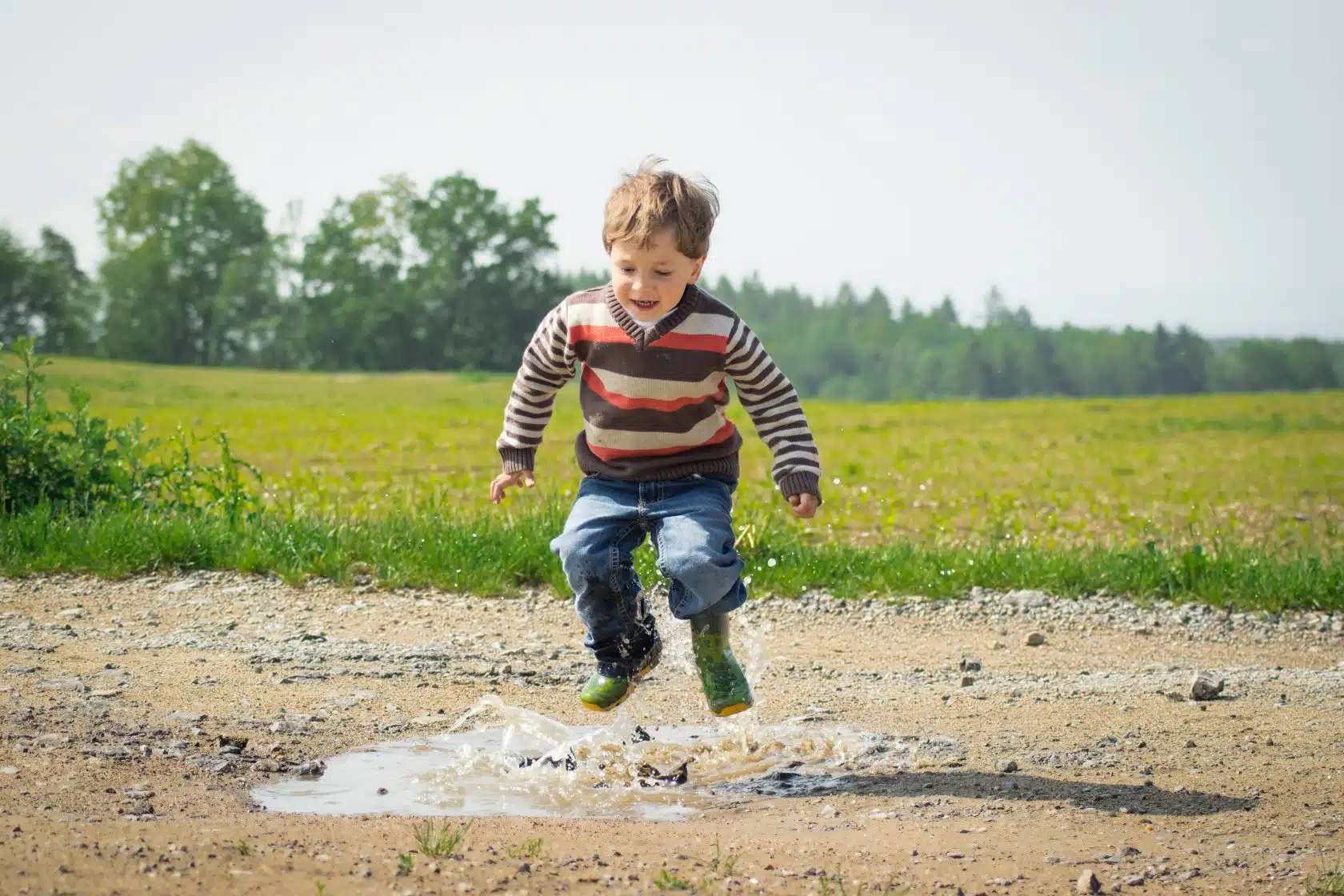Poor coordination can be linked to various neurodivergent conditions that affect children. These conditions often impact different aspects of their development, including motor skills. Here are some examples:
- Developmental Coordination Disorder (DCD): This condition is characterized by significant motor coordination difficulties, not solely due to medical conditions or intellectual disabilities.
- Attention-Deficit/Hyperactivity Disorder (ADHD): Some children with ADHD might experience challenges in coordination due to difficulties in focusing and regulating impulses.
- Autism Spectrum Disorder (ASD): Poor coordination can be a part of the broader range of characteristics seen in children with autism, who might struggle with motor planning and execution.
- Dyslexia: While mainly affecting reading skills, dyslexia can also impact motor coordination, as both involve processing information in a specific way.
- Sensory Processing Disorder (SPD): Children with SPD might have difficulty integrating sensory information, contributing to poor motor coordination.
Recognizing poor coordination’s significance in neurodiversity is vital for parents. Goally’s tablet apps provide essential activities, schedules, and skill-building, aiding kids with poor coordination to develop independence effectively.











